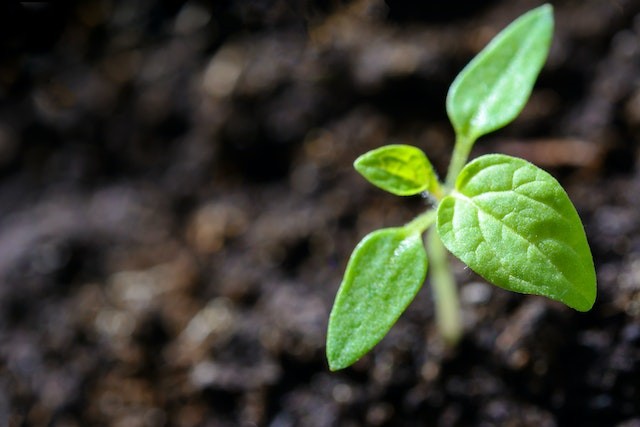Plants can shift the direction of their roots and grow far from saline locations to avoid salt in the soil. Researchers contributed to the discovery of the enabling factors.
The finding modifies our knowledge of how plants alter their form and development direction and could help address the growing global issue of excessive soil salinity on crops.
Plants can resist salt from the soil

A dip in the Dead Sea's extreme salinity might be a cure for the body and spirit, yet most plants have a very different relationship with salt.
Salts can harm plants and even suffocate them; therefore, they desperately try to avoid it wherever possible, as per ScienceDaily.
Due in part to climate change, which makes the soil more saline whenever floods hit coastal areas, the salinity of agricultural land is a growing global issue. This typically reduces crop production.
Crops that really can better survive salt are needed for the world. According to Professor Staffan Persson of the Department of Plant and Environmental Sciences at the University of Copenhagen, understanding the mechanisms by which plants react to salt is crucial if we are to create plants that are more tolerant to it.
The study team has found that the stress hormone ABA (abscisic acid) is triggered in plants when they detect local salt concentrations. Then, a response mechanism is triggered by this hormone.
The discovery surprised the researchers because of the dominant influence that the stress hormone has. The hormone auxin was once thought to oversee a plant's capacity to shift course in response to numerous environmental factors.
Researchers were able to turn the twisting of the root around so that plants cannot develop away from salt by changing just one amino acid in a protein that controls the twisting.
Given the continued EU prohibition on GMOs, Persson thinks it will be a long time before the new information is utilized in agriculture. However, the findings might pave the road for the creation of crop varieties that can withstand more salt.
Read More: Salinity and Climate: New Protein Helps Plants Grow
Plant Tropism
Tropism is the movement of a plant in response to environmental stimulation.
A plant will migrate toward a stimulus when it exhibits positive tropism.
When a plant travels away from a stimulus, it exhibits negative tropism, as per Lets talk Science.
Plant components often develop either parallel to or in the opposite direction to gravity. Gravitropism is the name for this kind of tropism.
Plant components often develop either parallel to or in the opposite direction to gravity. Gravitropism is the name for this kind of tropism.
The majority of stems have negative gravitropism. Despite the pull of gravity, they continue to climb higher.
Plants can hydrotropically grow toward or away from water. Where plants receive most of their water, the roots, is where this frequently occurs.
A plant's roots will expand in the direction of any water they detect nearby.
Plants that phototropism will move in reaction to light. The plant will soon start bending in the direction of the light. To receive more light for photosynthesis, it grows in that direction.
Phototropism includes heliotropism. Plants begin to turn toward the Sun currently. The well-known heliotropic plant is the sunflower.
In the day, as the Sun moves from east to west, young sunflowers bend to follow it.
By doing this, the amount of sunlight that reaches the leaves is maximized.
When the plants are fully grown, they exclusively face east, which aids in pollination and the production of pollen.
When plants respond to touch or contact with items by growing, this is known as thigmotropism.
Typically, plants like this don't have robust stems. Thigmotropism hence aids in maintaining their balance and growth.
Related Article: Researchers Have Identified a Novel Mechanism for Plants To Adapt to Climate Change
© 2024 NatureWorldNews.com All rights reserved. Do not reproduce without permission.

![Tsunami Hazard Zones: New US Map Shows Places at Risk of Flooding and Tsunamis Amid Rising Sea Levels [NOAA]](https://1471793142.rsc.cdn77.org/data/thumbs/full/70325/280/157/50/40/tsunami-hazard-zones-new-us-map-shows-places-at-risk-of-flooding-and-tsunamis-amid-rising-sea-levels-noaa.jpg)



